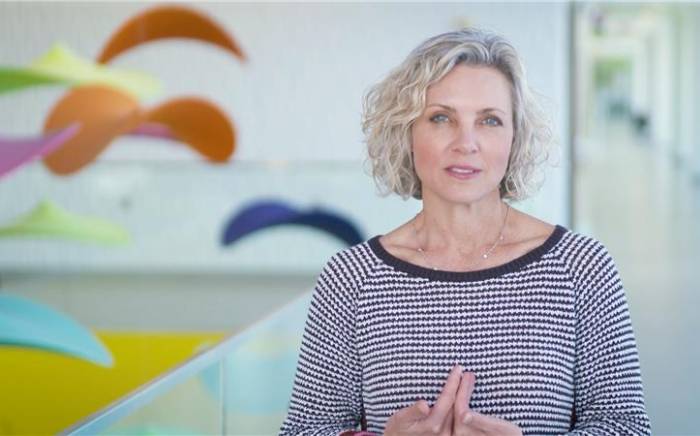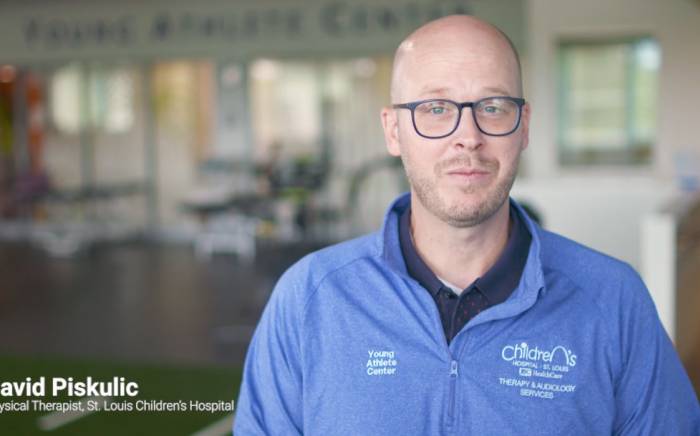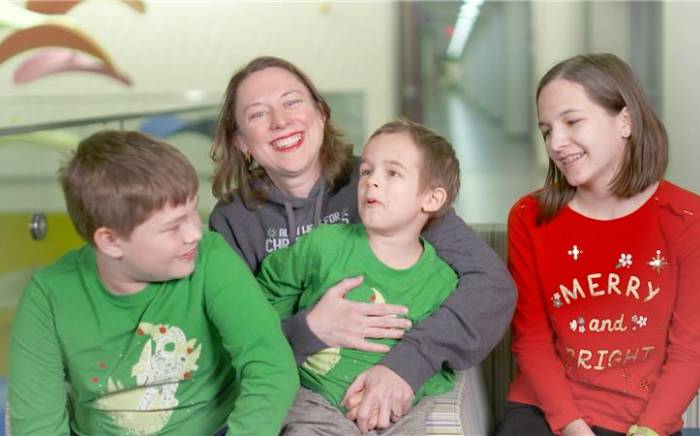
Over the past few years, cheerleading has become increasingly popular and gained recognition as a sport that requires strength and athleticism. With this surge in popularity — more than 3 million athletes participate in cheerleading nationwide — and nod to the sport’s legitimacy has come a renewed focus on safety. Cheerleaders have long pushed the boundaries of stunting and tumbling, which means a higher risk of injury. Longer hours contribute to overuse injuries as well.
In 2018, the American Association of Cheerleading Coaches and Administrators rules committee decided to ban all basket tosses and double full twisting dismounts for elementary, middle school and junior high cheerleaders, irrespective of the surface they perform on. These rule modifications addressed the heightened danger of severe injuries, including those leading to death or permanent disability, that cheerleaders faced previously.
Even with safety improvements, "typical" cheerleading injuries can still occur. Falls, collisions between two athletes and concussions (accounting for roughly a third of all injuries) are common, followed by sprains, strains and overuse injuries like back and wrist pain, which can occur from excessive tumbling.
Many of these injuries are preventable. Here's how:
- Parental involvement: Ensure coaches are knowledgeable about and enforce stunting rules.
- Safety measures: Maximize mat usage, especially for stunting and tumbling. Spotters should be trained in proper catching and holding techniques before attempting advanced stunts.
- Environment: Cheerleaders should never stunt on wet surfaces such as wet football fields.
If your cheerleader is injured, remove them from all stunting and tumbling activities and seek medical evaluation. An injury to a base, or a cheerleader who holds the other cheerleaders up, or spotter could lead to injury in another athlete due to improper techniques or inability to perform the appropriate action in a stunt. Remember, cheerleading is a team sport, and one athlete's injury can affect many. Keeping the team healthy is important.
When your child has a sprain, strain, jam or minor fracture, visit a WashU Orthopedic Injury Clinic or the Young Athlete Center for a same-day appointment. You’ll receive immediate care from orthopedic specialists, including on-site X-ray, splinting and casting. We treat kids ages 5 and up.
.jpg) Terra Blatnik, MD, is a Washington University pediatric and sports medicine specialist at St. Louis Children's Hospital. She specializes in the nonoperative treatment of all musculoskeletal sports-related conditions in pediatric and adolescent patients ages 5 and above. Her best piece of advice to other moms is one she tries to live by: Keep your kids active. Set a good example and get out and walk as a family.
Terra Blatnik, MD, is a Washington University pediatric and sports medicine specialist at St. Louis Children's Hospital. She specializes in the nonoperative treatment of all musculoskeletal sports-related conditions in pediatric and adolescent patients ages 5 and above. Her best piece of advice to other moms is one she tries to live by: Keep your kids active. Set a good example and get out and walk as a family.









